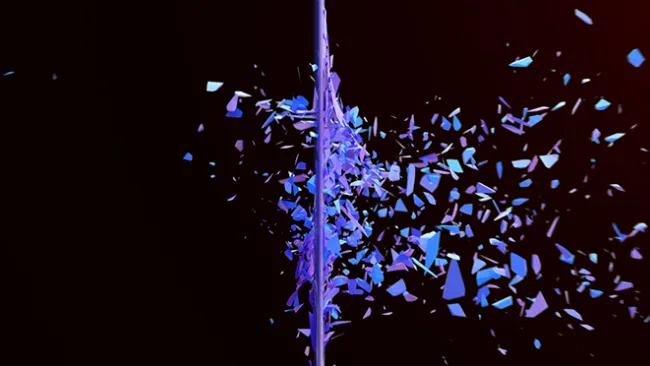There’s an evolutionary feature known as “the Red Queen effect” based on a tale in Lewis Carroll’s Through the Looking Glass. Alice meets a chess piece – the Red Queen – who tells Alice that she must run faster and faster, even though she never gets far because the landscape is moving with her:
“Now, here, you see, it takes all the running you can do, to keep in the same place.”
As an evolutionary principle, the Red Queen effect applies to the fact that every individual species must continually adapt and evolve, just to keep in the same place with respect to other species that either prey on them or compete with them for food. Every time a squirrel grows up to be a bit quicker, for instance, he is less likely to be caught by a fox, which means he will live longer and have more children than the other squirrels, so over time the squirrel species becomes quicker, as a species. But this means that quicker foxes will catch more squirrels, so the fox species will become quicker, over time, as well.
The Red Queen effect can be used to explain what we all see happening to the customer experience space, because the competitive business world operates on evolutionary principles just as the natural world does. In a nutshell, as companies individually improve their CX, customer expectations increase and their competitors must improve their CX as well.
On one level, the Red Queen effect means that competitive success requires a company to keep running ever faster, like the Red Queen, just to keep up. You have to focus on designing and delivering a better and better customer experience, perpetually, in what Simon Sinek characterizes as an “infinite game,” as opposed to the “finite game” of simply winning or losing an individual competitive battle over some particular customer or market. Innovating your CX is a never-ending necessity for your continued existence, as a profitable business. If you don’t constantly improve it, you won’t keep up with everyone else.
And on a second level, the Red Queen effect also explains why general customer satisfaction levels do not improve much, over time. If you look at the history of the American Customer Satisfaction Index, an annual survey of more than 300,000 consumers that has been tabulated every year in the United States since 1994, you’ll see that in 25 years the scores show almost no increase in general customer satisfaction at all, despite the fact that in every business category technology has quite dramatically improved the actual customer experience a great deal, from online commerce to mobile apps, voice-activated shopping assistants, real-time services, reliability, and product quality. The problem is that as these improvements have taken root, customer expectations have increased as well, because a customer’s individual satisfaction with a product or service is predicated on what they were expecting, and they constantly expect more.
So whether we call it “creative destruction” or “survival of the fittest,” innovation is a constant business process that is key to understanding an individual company’s success in any competitive system, and it is especially pronounced in areas characterized by technological disruption or rapid change, such as the customer experience space.
The point is, you need to realize that your company’s customer experience is more of a journey than a destination. The day will never come when you’ll be able to take comfort in the fact that you now deliver the very best possible customer experience. Instead, like the Red Queen, you’ll have to keep running, innovating and changing, just to stay in the same place!















